En vedette
Récent

Comment télécharger des vidéos YouTube sur Mac?
Découvrez les secrets du téléchargement de vidéos YouTube sur votre Mac, PC, iPhone et Android! Suivez notre guide simple et amusant et devenez un as de la sauvegarde de vidéos en un rien de temps.
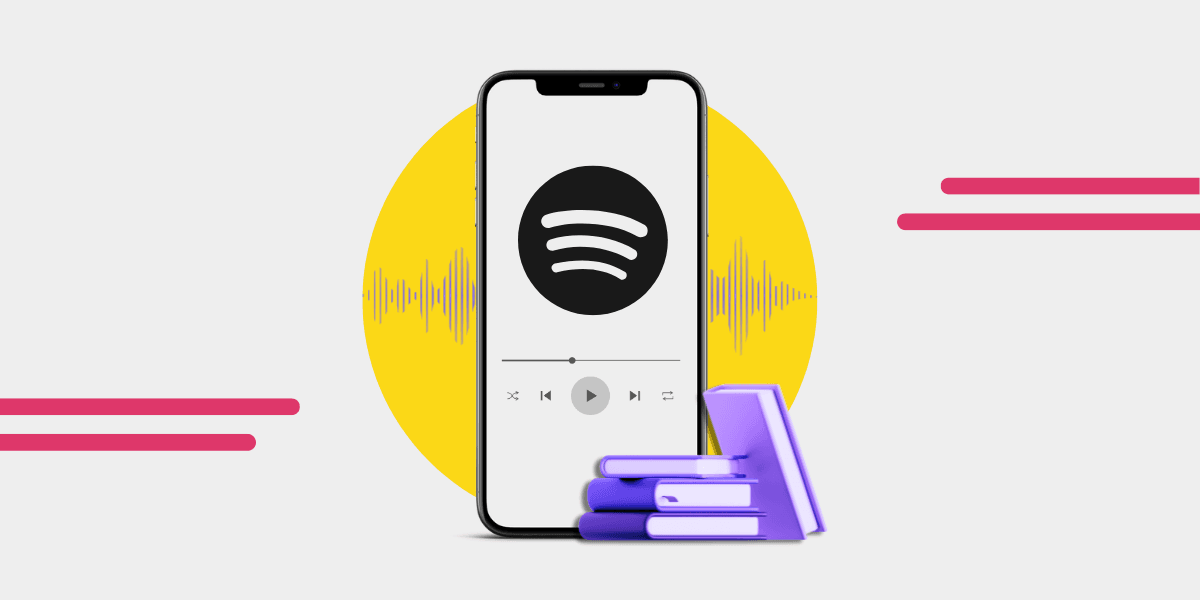
Offre Spotify Audiobooks
Vous aimez le son des livres audio Spotify mais vous ne savez pas comment obtenir des livres audio Spotify gratuits ou comment fonctionne l'offre? Ne vous inquiétez pas - voici comment obtenir vos 15 heures gratuites!
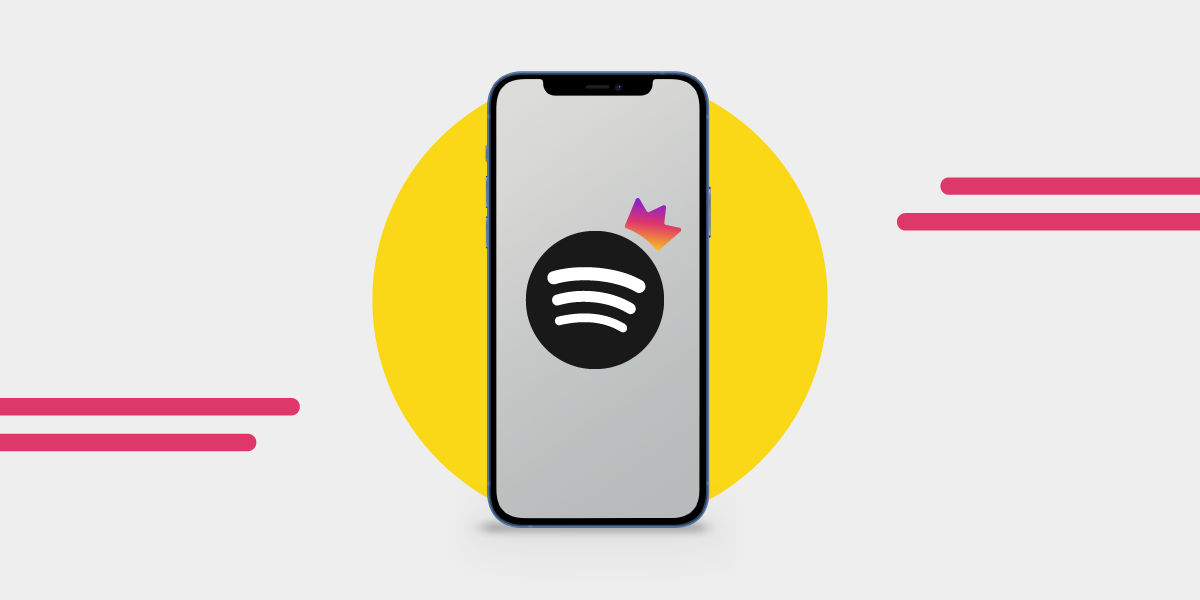
Comment obtenir Spotify Premium?
Vous êtes probablement nouveau sur Spotify et vous voulez savoir comment obtenir le plan premium sur votre appareil. Cliquez ici pour découvrir la procédure étape par étape et plus encore!
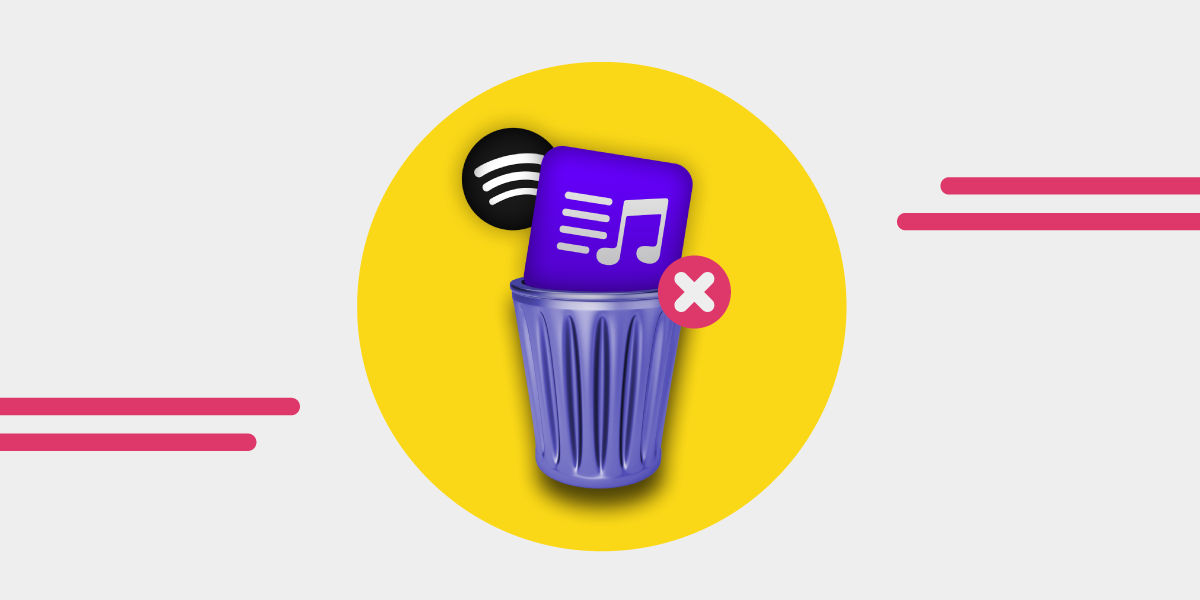
Comment supprimer une liste de lecture sur Spotify?
Apprenez à supprimer des listes de lecture sur Spotify en quelques étapes simples. Débarrassez-vous des listes de lecture indésirables et organisez votre expérience d'écoute Spotify.
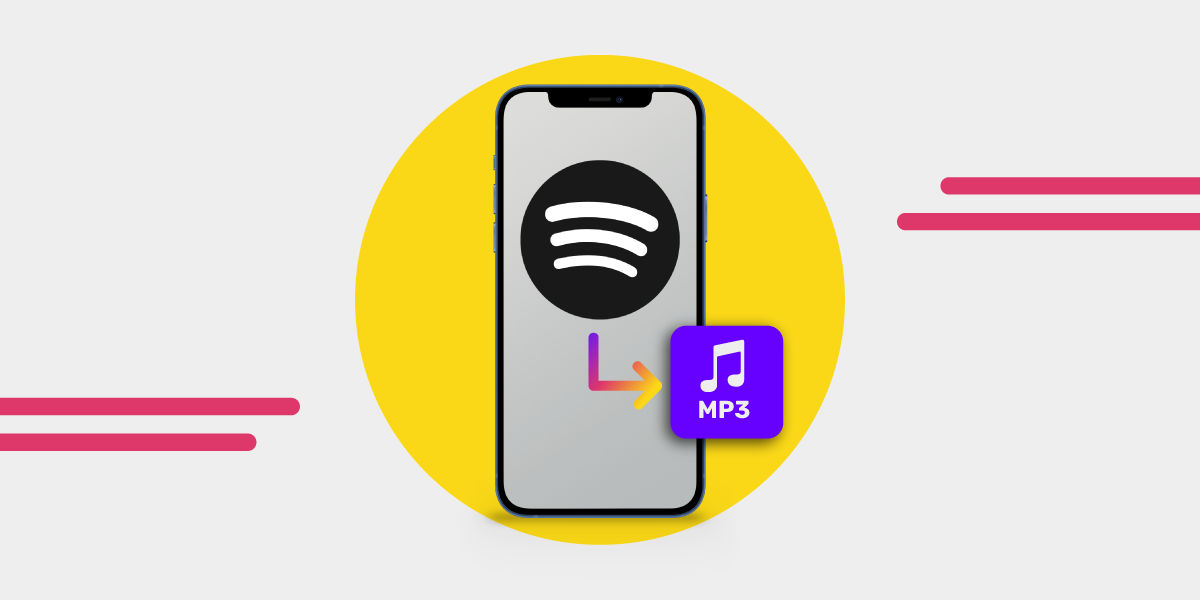
Les 5 meilleurs convertisseurs Spotify en MP3
Découvrez des possibilités musicales infinies avec nos 5 meilleurs convertisseurs Spotify en MP3. Convertissez vos titres et listes de lecture préférés sans problème dès aujourd'hui.
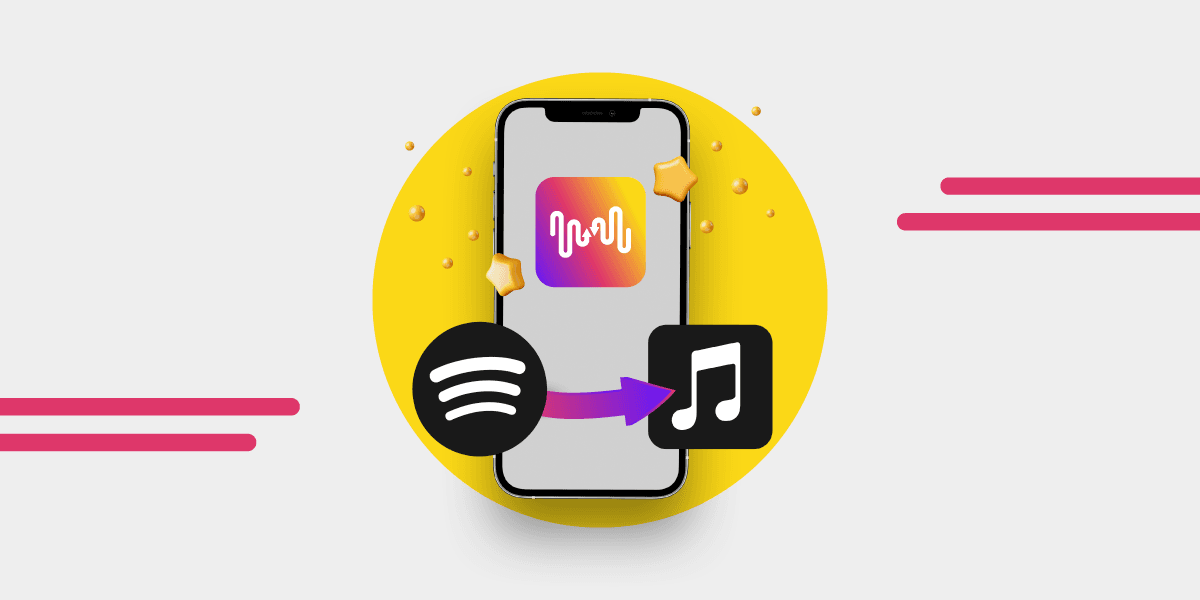
Meilleure application pour transférer de la musique de Spotify vers Apple Music
Quelle est la meilleure application pour transférer de la musique de Spotify vers Apple Music?
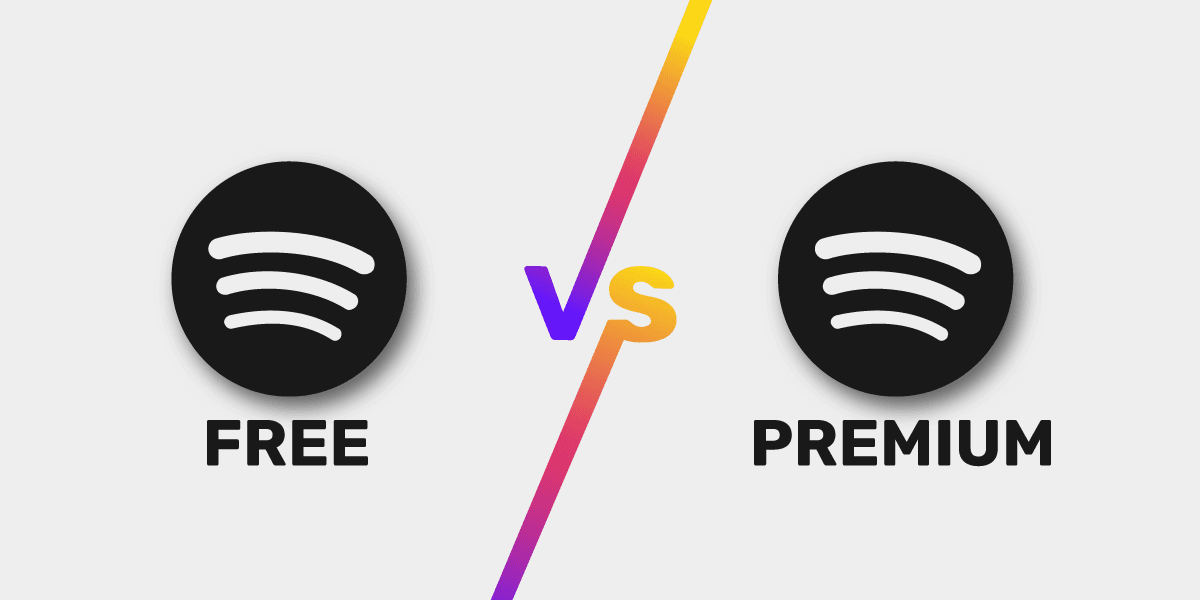
Spotify Gratuit vs. Premium: Faut-il payer?
Devriez-vous vous abonner à Spotify Premium, ou Spotify Free vous suffit-il? Dans cet article, nous passons en revue les principales différences entre ces deux offres.
Comment ajouter plusieurs chansons à une liste de lecture Spotify?
Vous voulez savoir comment ajouter plusieurs chansons à votre liste de lecture Spotify? Lisez cet article pour le savoir!
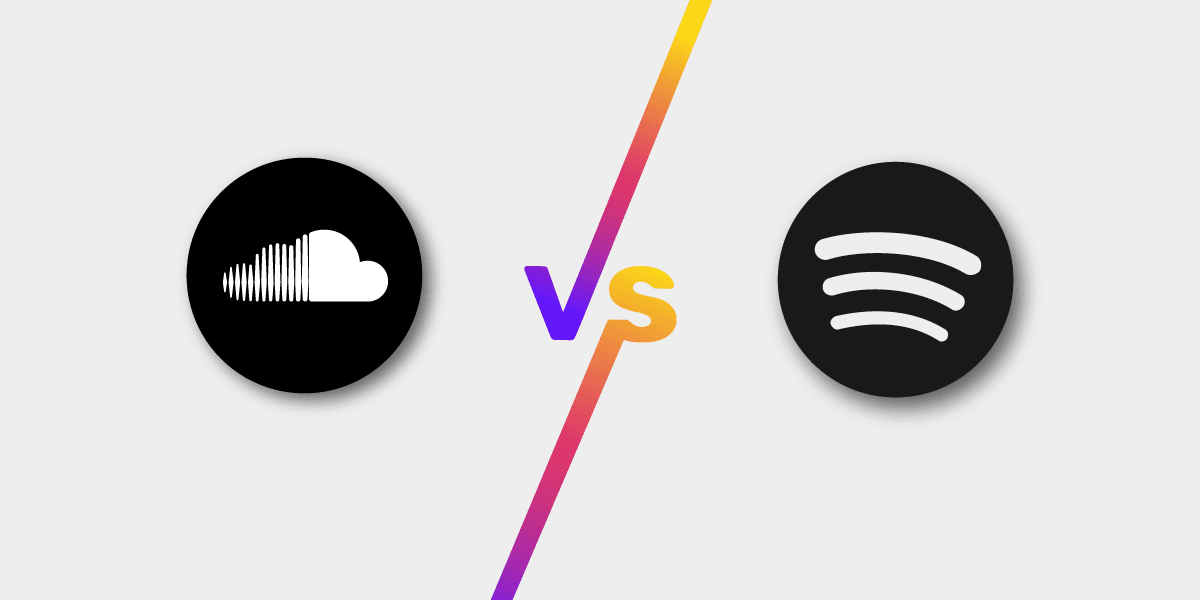
Soundcloud vs Spotify - comparaison
Spotify est l'un des pionniers dans ce domaine et vous permet d'écouter de la musique connue gratuitement ou moyennant une redevance mensuelle si vous souhaitez l'écouter sur votre téléphone portable. Cependant, Spotify n'est pas la seule application de streaming musical disponible. Soundcloud est également un service populaire qui permet aux créateurs et aux DJ de télécharger leur musique et de la partager sur les réseaux sociaux. Spotify ou Soundcloud: qui est le meilleur?
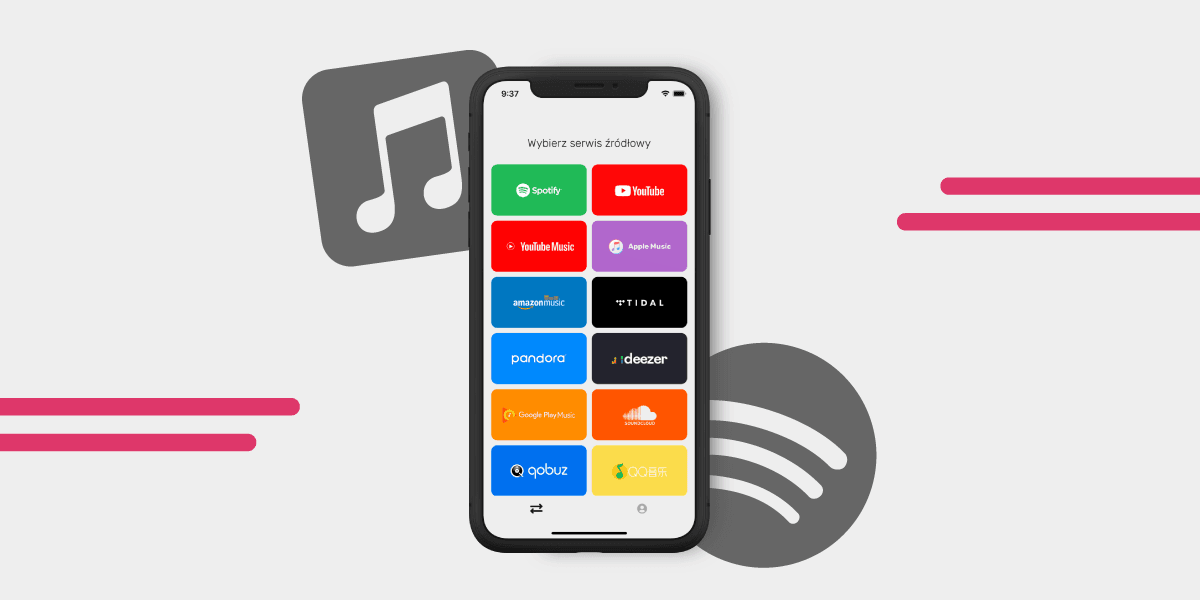
Comment transférer Apple Music vers Spotify - Tutoriel étape par étape
Vous pouvez facilement transférer votre musique d'Apple Music vers Spotify avec Free Your Music. Pas besoin de travail manuel, l'application se charge de transférer votre bibliothèque musicale pour vous. Vous pouvez migrer toutes vos données musicales, listes de lecture et albums. Voici un tutoriel étape par étape pour migrer d'Apple Music vers Spotify de la manière la plus simple.
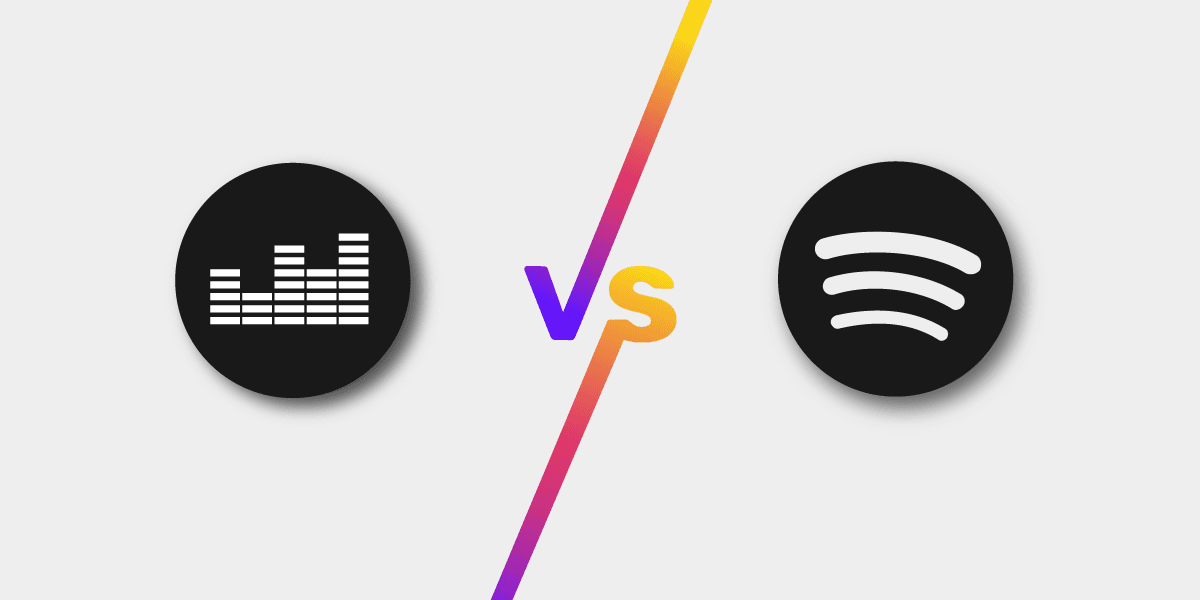
Deezer vs Spotify - Comparaison 2023
Deezer et Spotify sont les deux plateformes de streaming musical les plus connues. Bien qu'elles soient similaires, notamment en termes de prix et de gratuité, elles diffèrent sur plusieurs points. Deezer vs Spotify: lequel choisir?
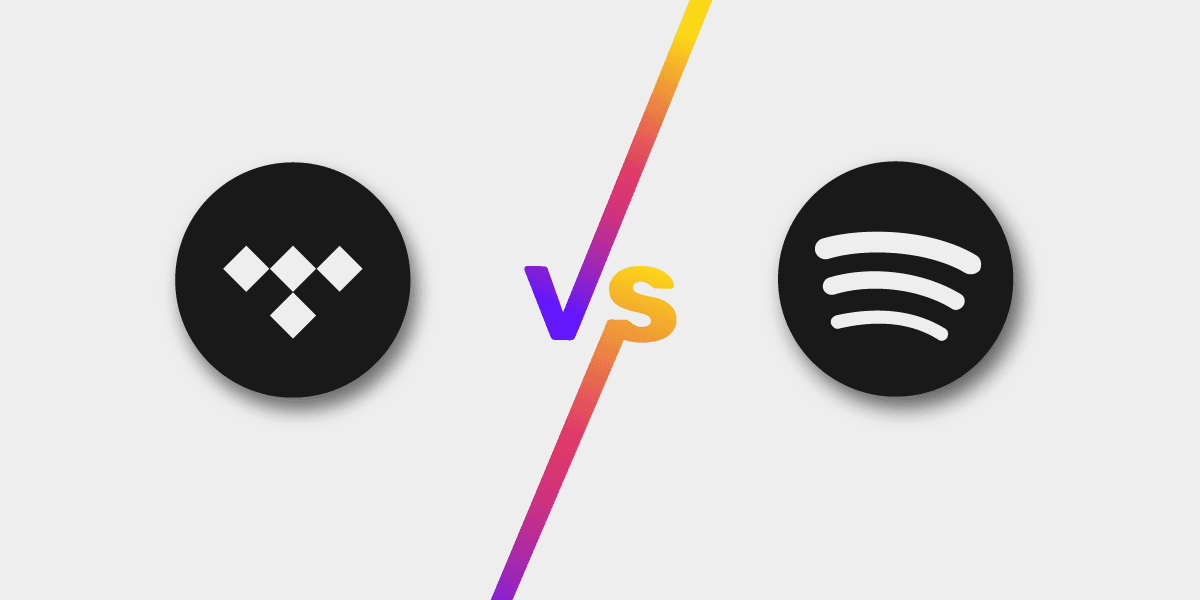
Tidal vs Spotify: Bilan 2023
TIDAL vs Spotify. Lequel a la meilleure qualité audio? Combien de chansons y a-t-il sur TIDAL? Lisez cet article pour le savoir!



